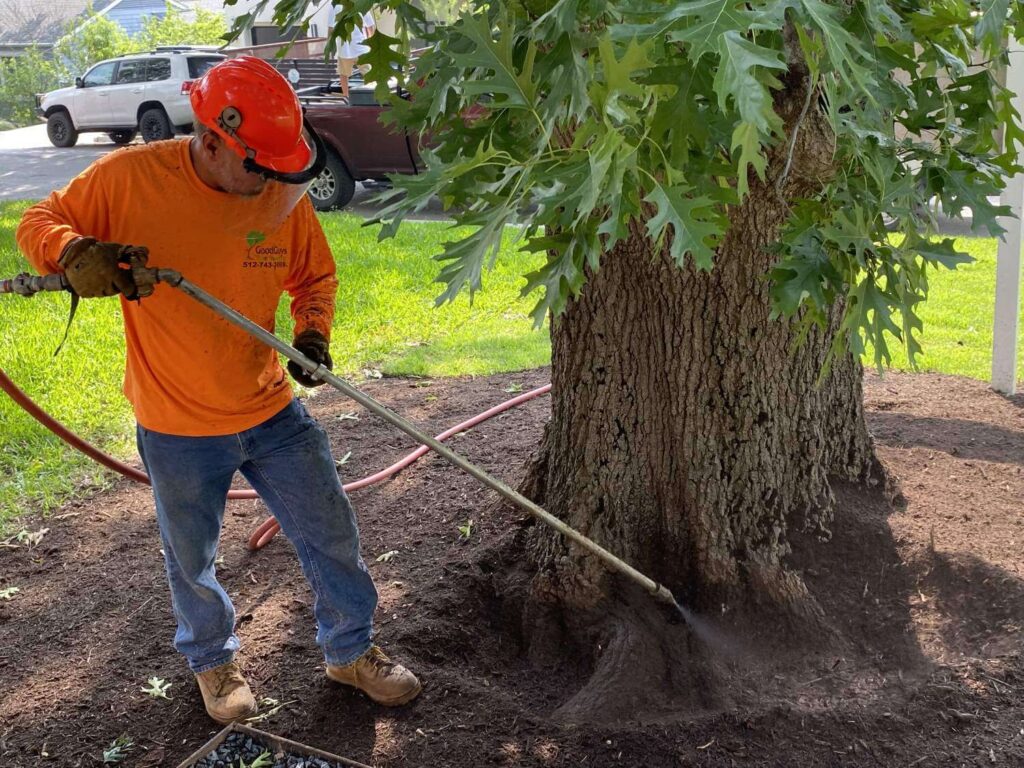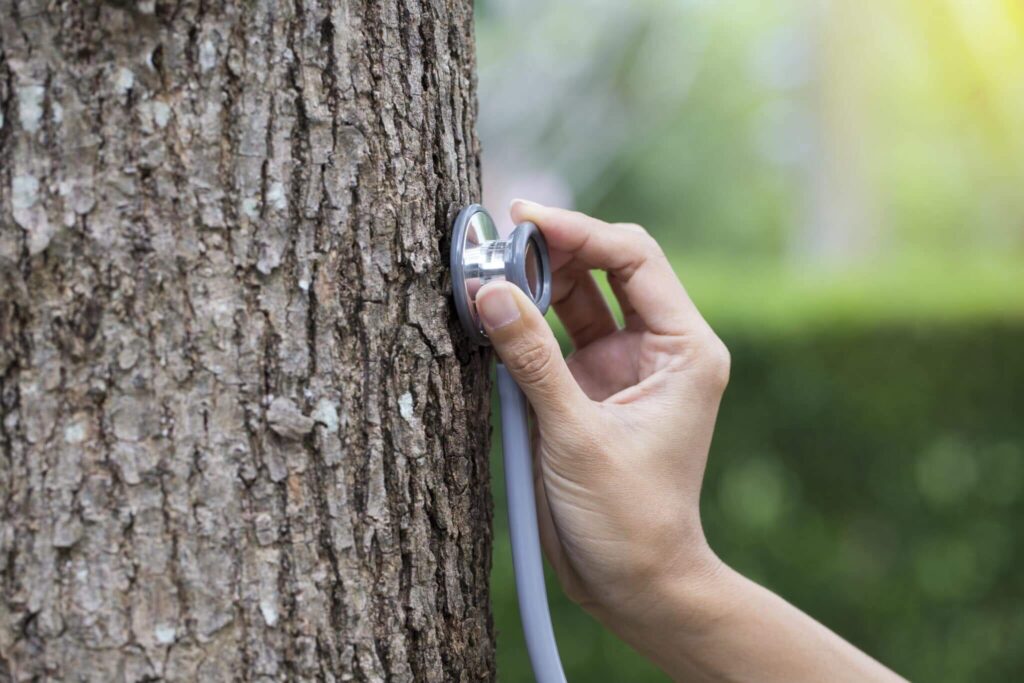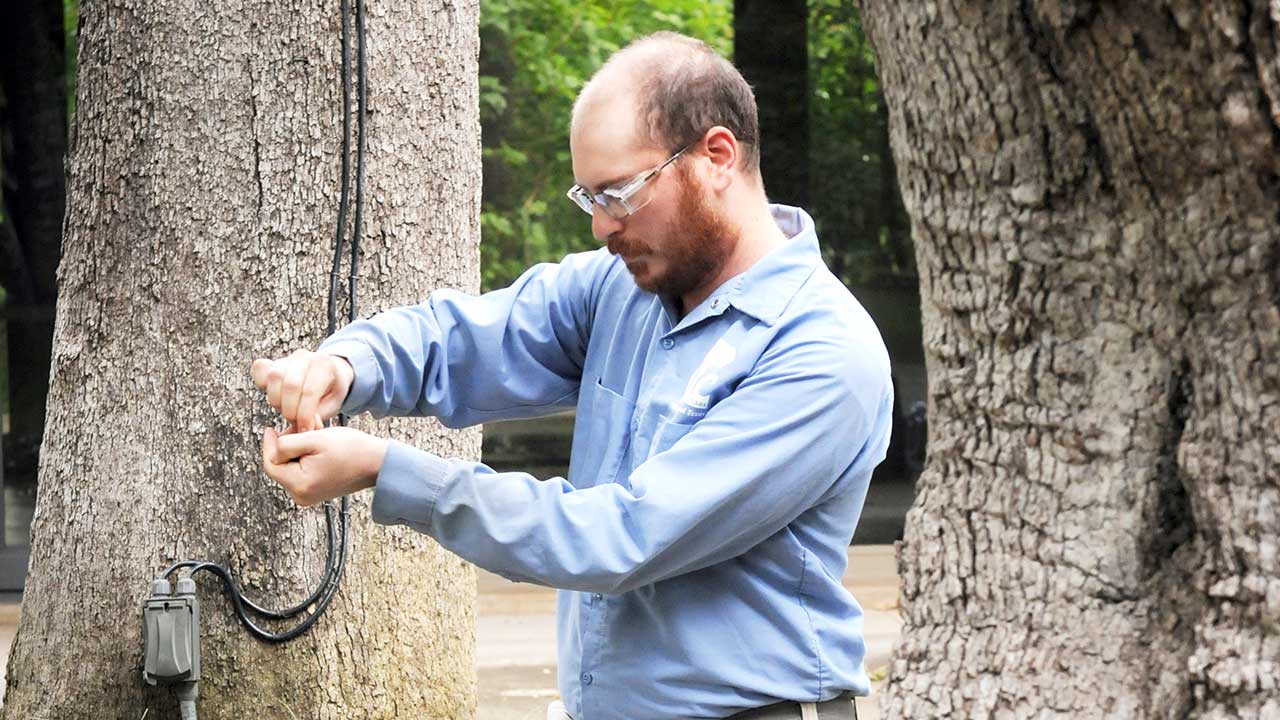Your property is not just a house; it also includes the trees that enhance its beauty and health. Trees are a vital component of our environment, and caring for them is essential, particularly in urban areas like Sydney. Knowing when to call a tree doctor can save your trees from distress and may ultimately protect your property as well.
Understanding the role of a tree doctor
A tree doctor, also known as an arborist, is a professional trained in the science of tree care. Their expertise encompasses everything from tree health assessments to tree removal and pruning techniques. They not only aim to keep trees healthy but also to manage their overall environment to optimise growth and safety.
What is a tree doctor?
Essentially, a tree doctor is someone who understands the biological processes of trees and plants. They are equipped with the knowledge to identify various tree species along with their specific needs. Tree doctors can diagnose disease, provide pest control advice, and help maintain the aesthetic and functional aspects of your trees.

The importance of tree doctors in urban areas
In cities like Sydney, where space is limited, trees face unique challenges. Urban environments can be harsh for tree growth due to soil compaction, limited root space, and air pollution. A tree doctor Sydney plays a crucial role in mitigating these factors, helping to ensure that trees not only survive but thrive. They promote biodiversity, enhance air quality, and even increase property values when trees are well-maintained.
Moreover, tree doctors are essential in educating the public about the importance of trees in urban settings. They often conduct workshops and community outreach programmes to raise awareness about tree care and the ecological benefits of maintaining a healthy urban forest. This education is vital, as it empowers residents to take an active role in the stewardship of their local environment, encouraging practices such as proper watering, mulching, and recognising early signs of tree distress.
Additionally, tree doctors are often involved in the planning and development of urban landscapes. They collaborate with city planners and landscape architects to ensure that new developments incorporate trees in a way that supports their health and longevity. This foresight helps to create greener, more sustainable cities that can withstand the pressures of urbanisation while providing essential habitats for wildlife and improving the quality of life for residents.
Identifying signs of tree distress
Every tree has its way of communicating distress, and it’s vital to catch these signs early. A proactive approach can save your tree from irreversible damage or, worse, complete loss. Knowing what to look for can make a significant difference in the health of your trees.
Common diseases affecting trees in Sydney
Sydney’s climate can be a breeding ground for various tree diseases. Some common ones include fungal infections like root rot, which can weaken the structure of a tree and invite pests. Additionally, conditions such as powdery mildew or scale can impact the health of leaves, limiting photosynthesis and stunting growth. Awareness of these diseases will help you act promptly if your trees show any signs.
Physical signs of tree illness or distress
Keep an eye out for several physical indicators that your trees may be struggling. These can include wilting leaves, discolouration, and excessive leaf drop. Bark that appears cracked, peeling, or covered in unusual growths can also be signs of underlying issues. While some problems may be minor, others could pose significant risks, making it vital to call a tree doctor when you see these signs.

The right time to call a tree doctor
Knowing the right moment to reach out for professional assistance can be the differentiating factor between saving your trees or losing them. Tree care is not just about fixing problems but also about preventive measures.
Preventive tree care and maintenance
Regular maintenance is key to a healthy tree. Engaging a tree doctor for seasonal checks can help identify and diagnose issues before they escalate. Routine services such as pruning, fertilisation, and pest control can all help promote the health and longevity of your trees.
Responding to emergency tree situations
Sometimes, a severe storm or natural event can cause immediate harm to your trees, making emergency tree care necessary. When branches are down or a tree is leaning dangerously, it’s time to call in a professional. An arborist can assess the situation, ensuring the safety of your property and nearby structures.
Choosing a professional tree doctor in Sydney
Not all tree doctors are created equal, so it’s essential to do your research. The right qualifications and experience can make a world of difference in the care your trees receive.
Qualifications to look for in a tree doctor
When seeking a tree doctor, check for certifications from recognised organisations such as the Arboricultural Association or other local institutions. A qualified arborist should also have a solid understanding of local tree species and environmental conditions, ensuring tailored care for your specific situation.
Questions to ask when hiring a tree doctor
It’s always good practice to ask questions before hiring a tree doctor. Inquire about their experience, the techniques they use, and how they approach tree care. Also, don’t hesitate to ask for references or case studies that highlight their success in treating tree issues similar to yours.
The process of a tree doctor visit
Once you’ve chosen a tree doctor, the next step involves the actual visit. Understanding what to expect can ease your mind and help you prepare for the appointment.
What to expect during a tree doctor consultation
During the consultation, the tree doctor will assess the health and condition of your trees. This typically involves a visual inspection and may include soil testing or examining the root structure if necessary. After the assessment, they will discuss their findings and recommend an action plan tailored to your needs.
Post-visit care and follow-up
After the visit, it’s crucial to follow the recommended care guidelines to ensure your trees thrive. Many tree doctors also offer follow-up visits to monitor progress and make adjustments to the care plan as necessary. Being proactive will enhance the longevity and health of your trees considerably.
In summary, tree doctors are vital to the well-being of the trees in your property. By recognising signs of distress, knowing when to seek help, and choosing wisely, you’ll be ensuring the health of your trees for years to come.

